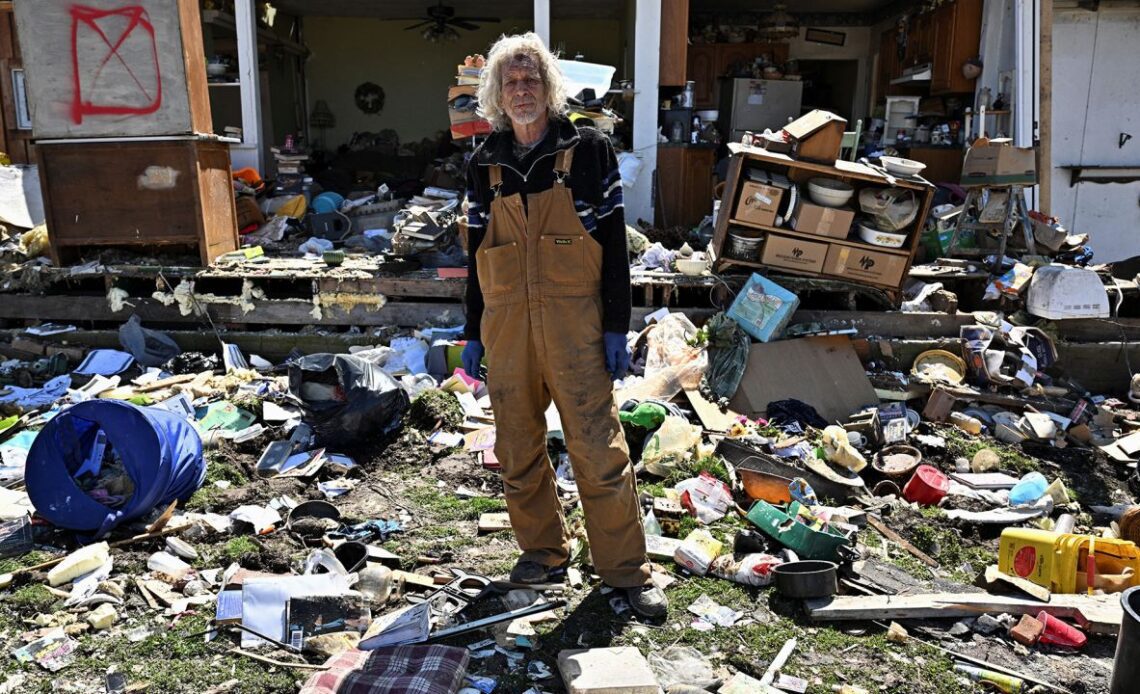Editor’s Note: A version of this article originally appeared in the weekly weather newsletter, the CNN Weather Brief, which is released every Monday. You can sign up here to receive them every week and during significant storms.
CNN
—
The weather pattern has been relentless in recent weeks. There have been more than 160 tornado reports since Friday, March 24, when 26 people were killed in severe storms and the town of Rolling Fork, Mississippi was hit the hardest.
In the past week alone, more than 30 people have been killed by storms. Combined, fatalities over the last two weeks account for more than half the number of tornado deaths we typically see in an entire year. It’s too many. Even one death is too many.
Communities in the South and mid-South have had nights filled with tornado warnings and sirens. Early mornings are filled with wondering about what’s left of their town. Families are forced to regroup and reset quickly before the next round of strong storms threatens.
And this week will be no different.
Tornadoes always feel random. Some towns are spared, and some are hit hard. Within those hard-hit towns, some homes are destroyed, and some are untouched. It is just one of the mysteries of these forces of nature.
The PERiLS project (Propagation, Evolution and Rotation in Linear Storms) is hoping to take some of the guesswork out of which storms will produce tornadoes and which ones will not. The two-year project is currently in its second season, which has been full of opportunities to research storms.
Chris Weiss, a meteorologist and professor at Texas Tech, has been helping to lead the charge on the PERiLS project, not only to improve lead times on storms, but to minimize false alarms when it comes to tornado warnings.
“You want to try to reduce those false alarms as much as possible because when you get repeatedly warned, and an event doesn’t occur, you tend to heed that warning less,” Weiss explained.
He and his crew have traveled more than 3,000 miles this season, placing instruments called “sticknets” out in front of the storms to take measurements and learn why certain storms produce tornadoes and others don’t.
Sticknets are portable weather stations used to sample the…
Click Here to Read the Full Original Article at CNN.com – RSS Channel – HP Hero…

